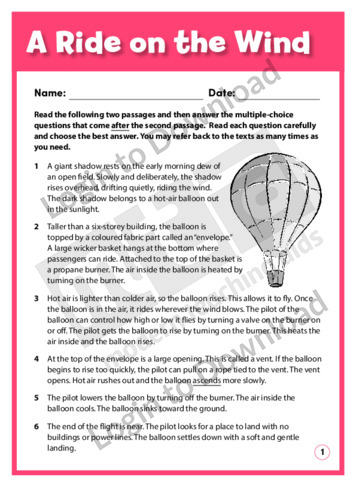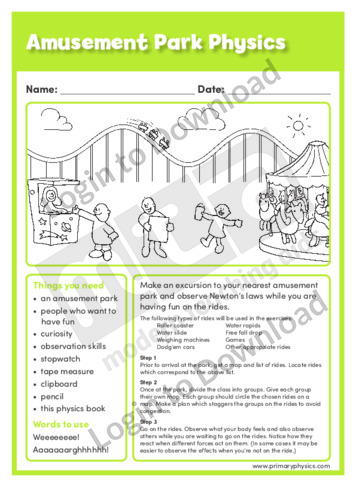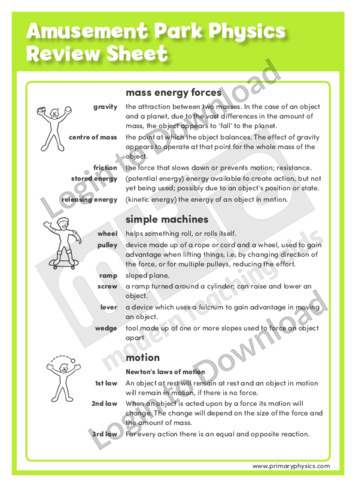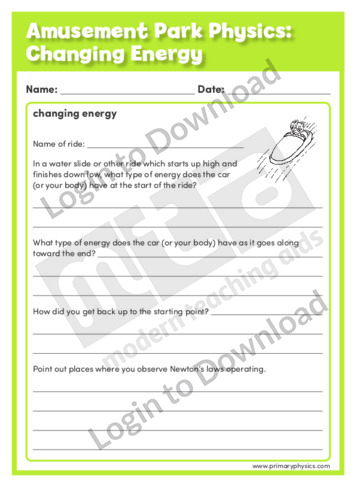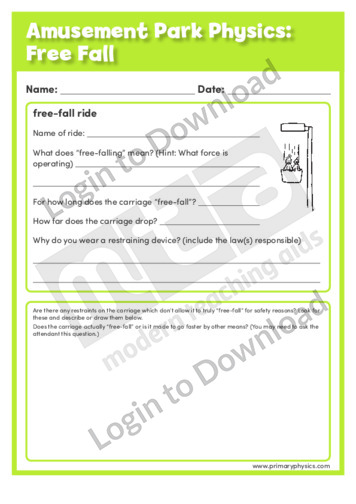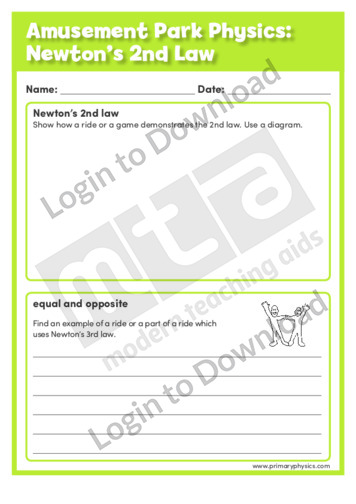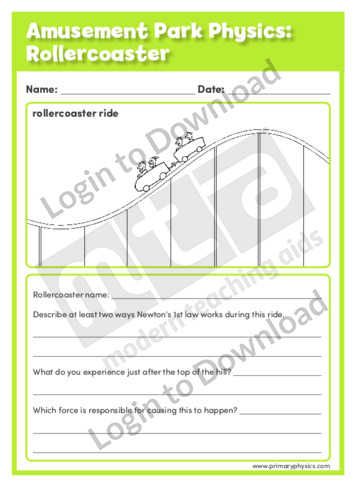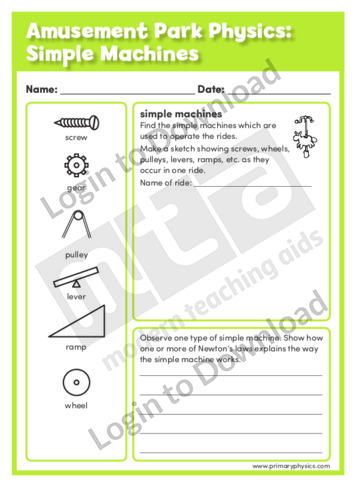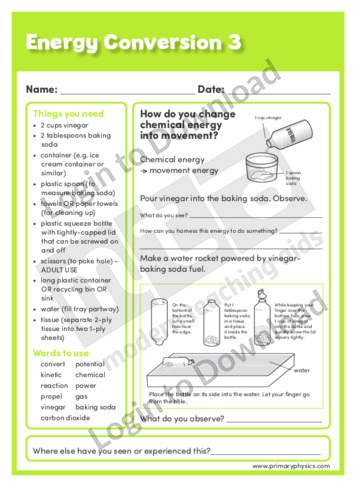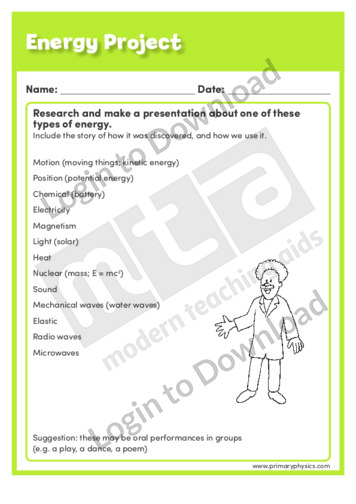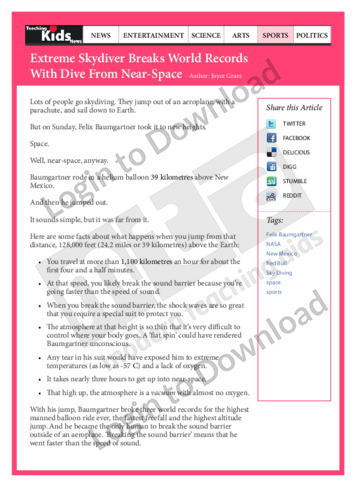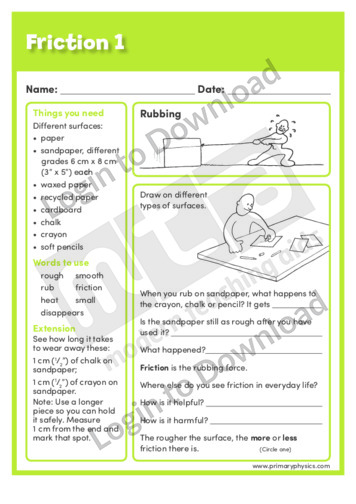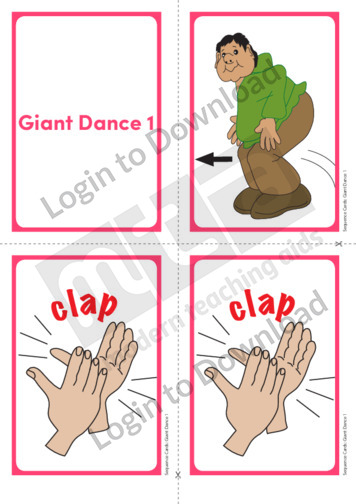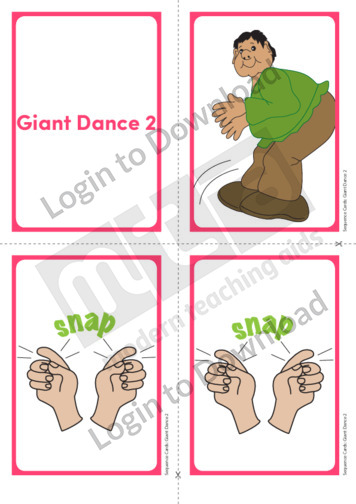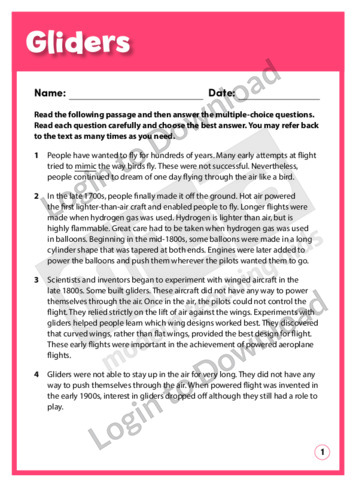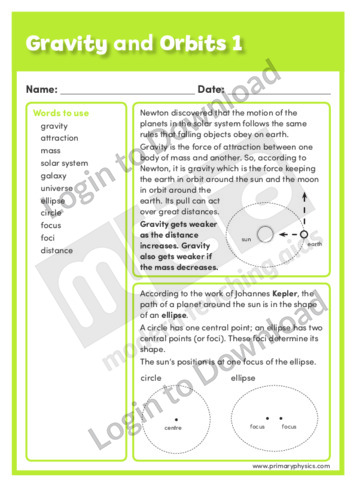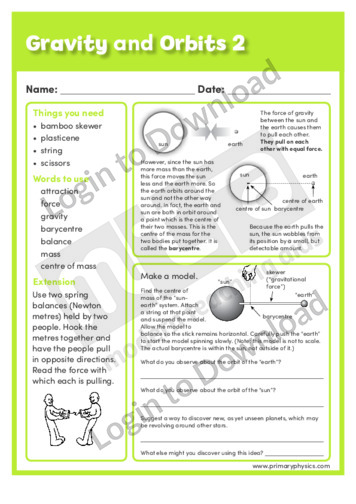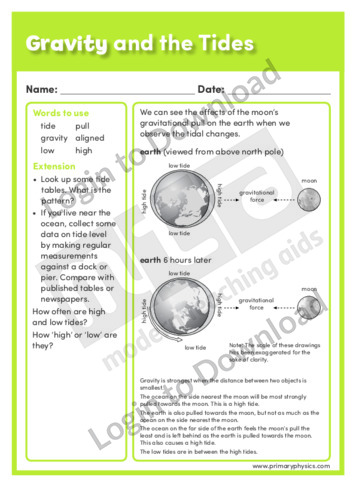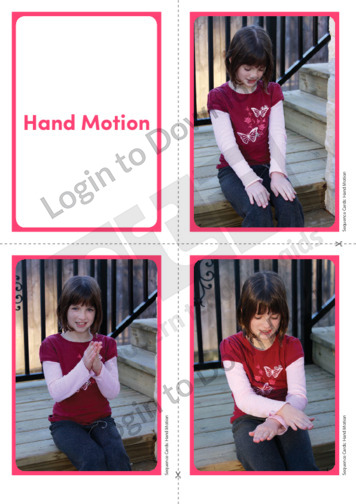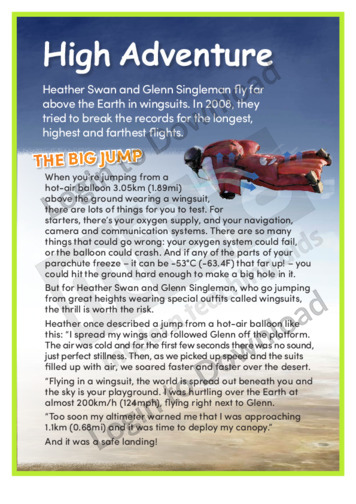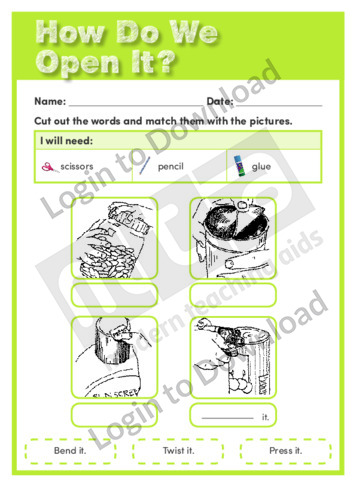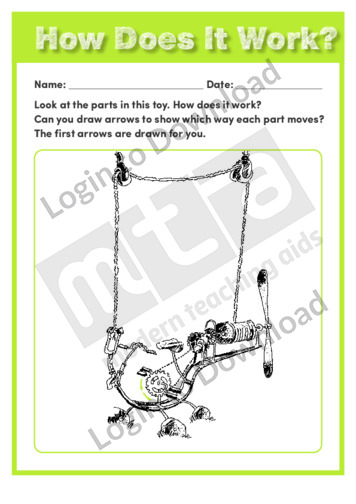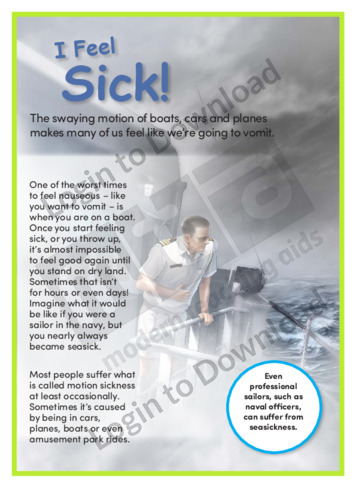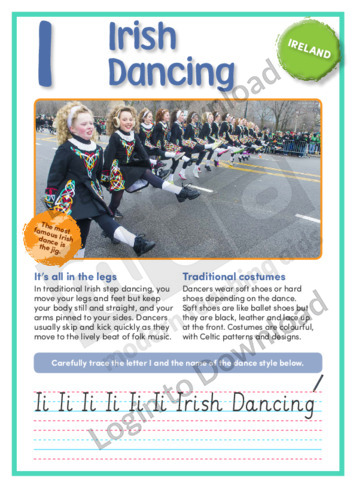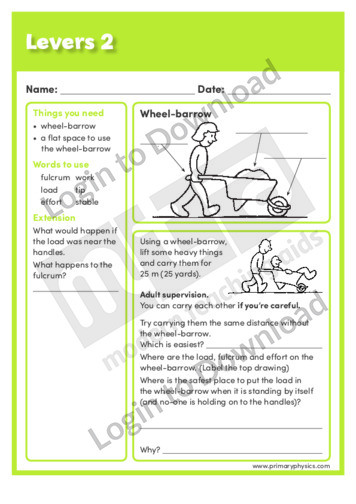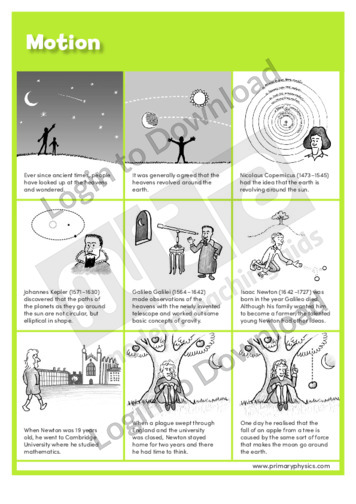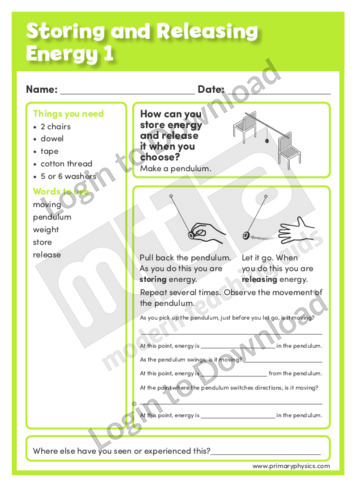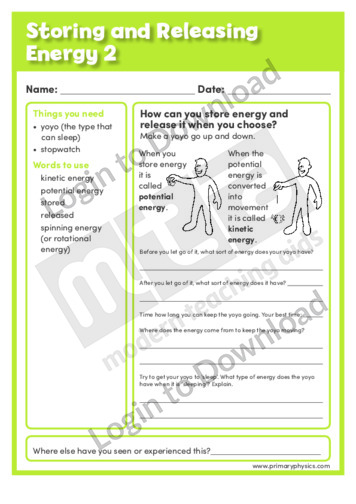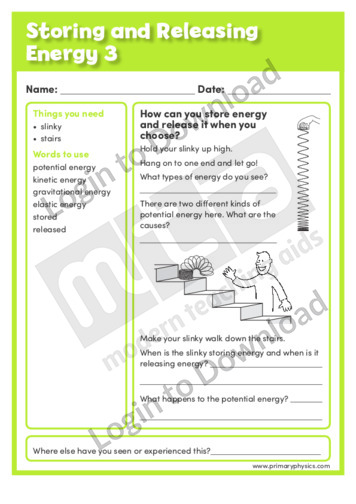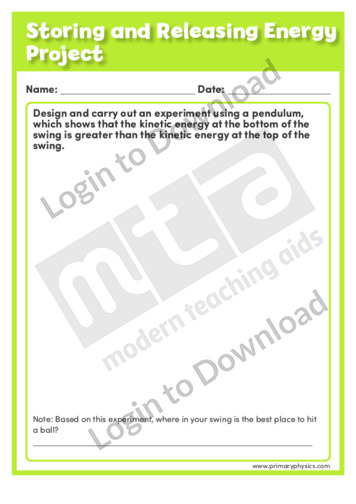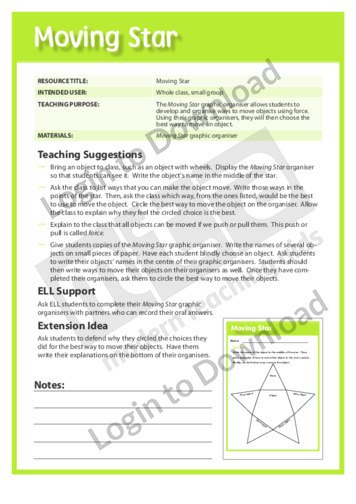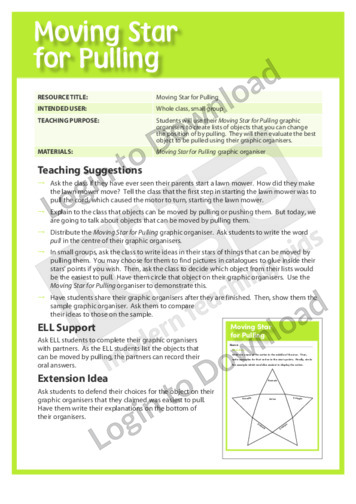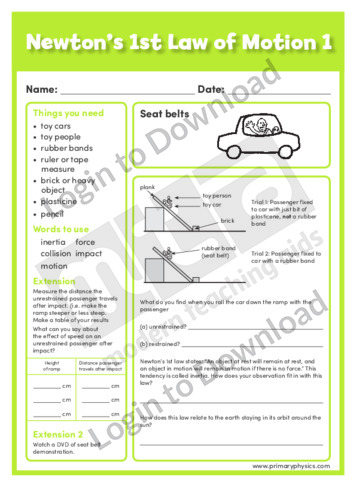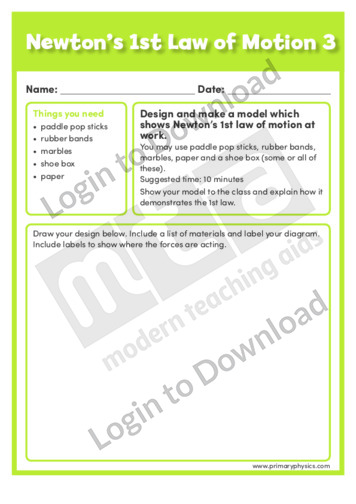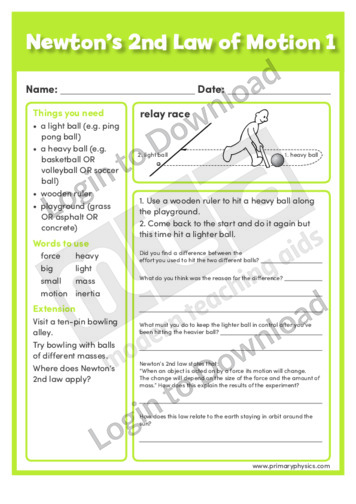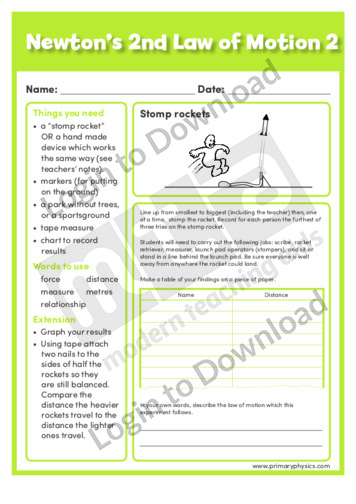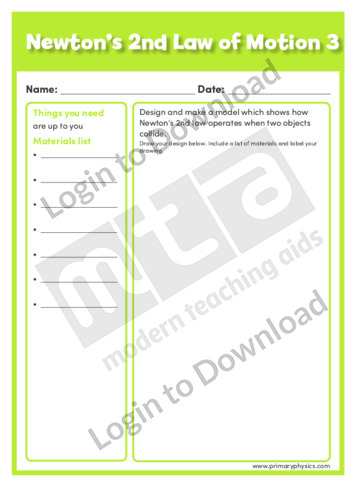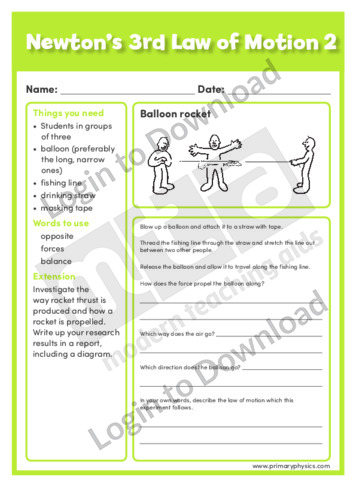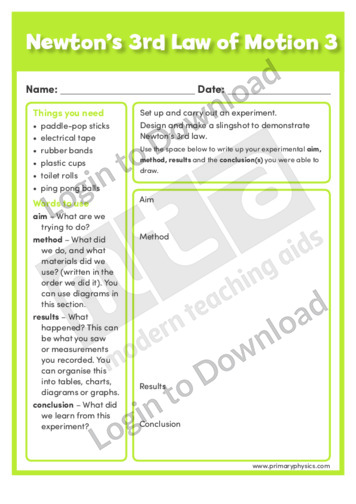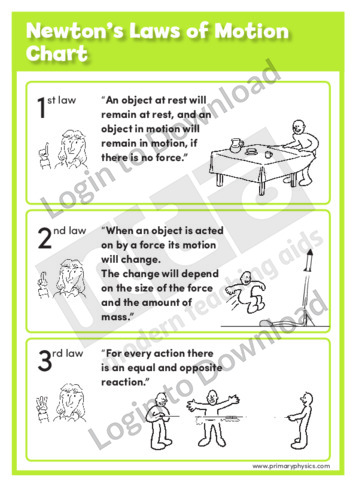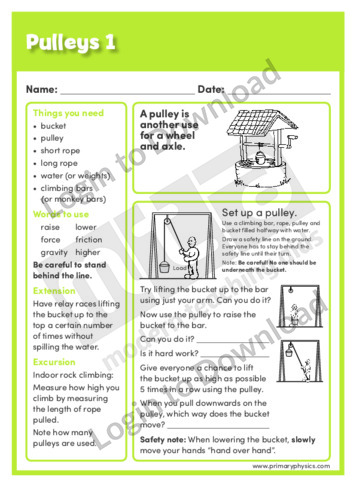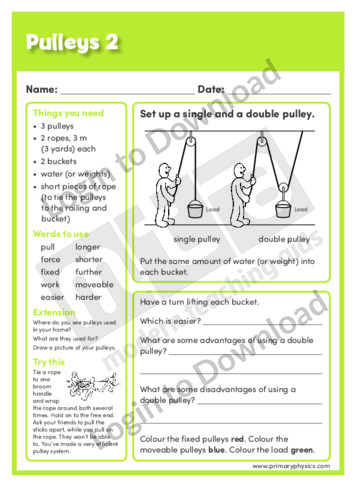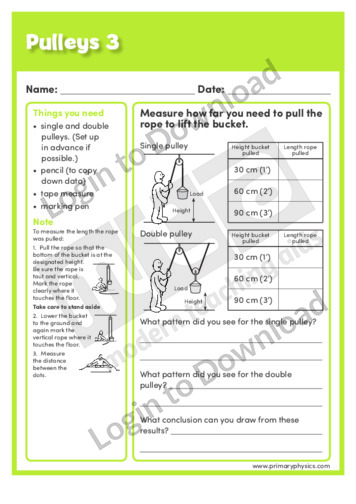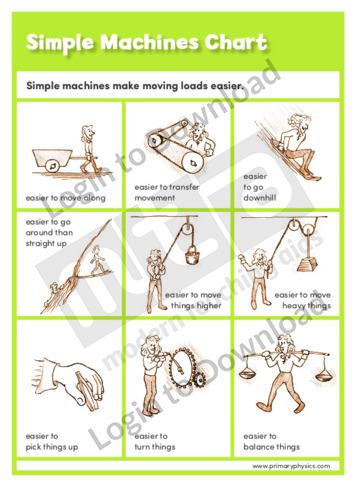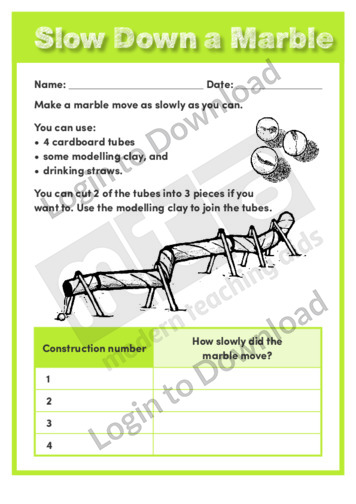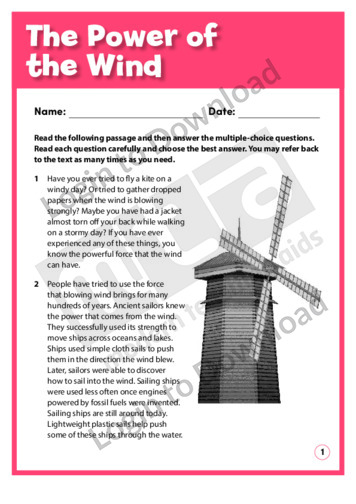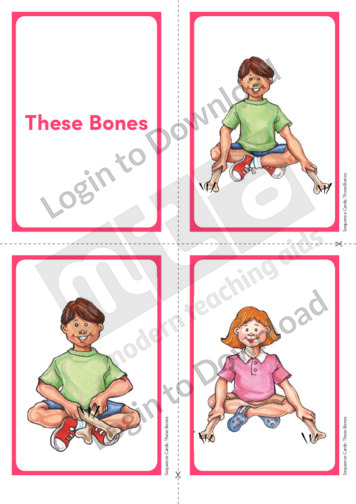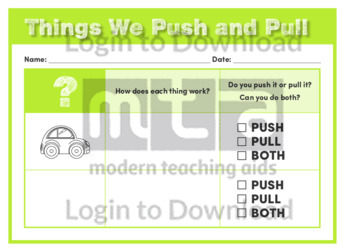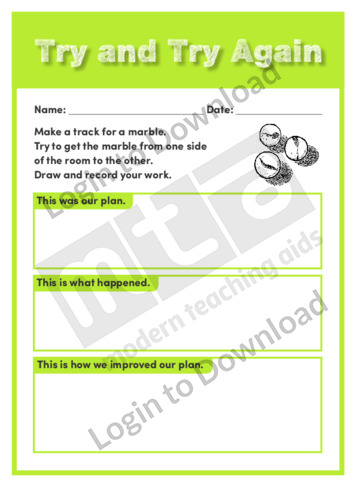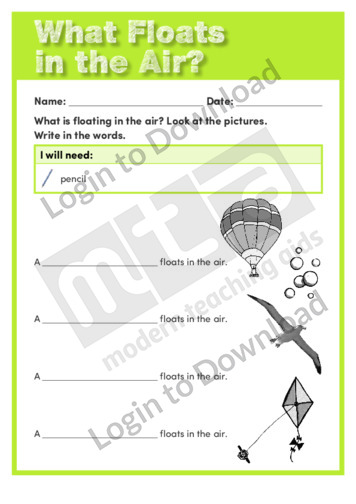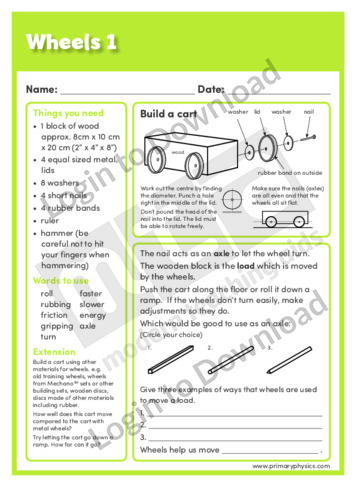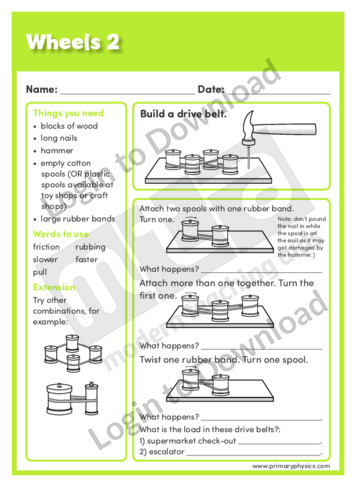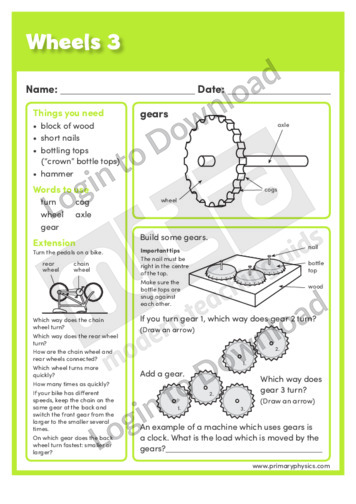The paired texts, ‘A Ride on the Wind’ and ‘Diary of a Balloon Pilot’ give two perspectives on hot air balloon flight. They provide opportunities for students to practise vocabulary and comprehension skills. Answer sheet provided with file download.
This learning activity, ‘Amusement Park Physics’ requires students to go on an excursion to a local amusement park and observe Newton’s laws of motion in action.
This quick reference chart, ‘Amusement Park Physics Review Sheet’ provides a quick summary on simple machines and the basic physics concepts of mass, energy, force and motion.
This learning activity, ‘Amusement Park Physics: Changing Energy’ supports students to identify the conversion of potential energy to kinetic energy whilst on excursion.
This learning activity, ‘Amusement Park Physics: Free Fall’ supports students to identify the forces involved when on a free fall ride at an amusement park.
This learning activity, ‘Amusement Park Physics: Newton’s 2nd Law’ helps students to understand how a ride or game on an excursion demonstrates Newton’s second and third laws of motion.
This learning activity, ‘Amusement Park Physics: Rollercoaster’ supports students to identify how Newton’s first law of motion works when riding a rollercoaster on an excursion.
This learning activity, ‘Amusement Park Physics: Simple Machines’ supports students to identify simple machines used to operate rides whilst on excursion.
This hands-on activity, ‘Energy Conversion 3’ asks students to make a water rocket to investigate how you can change chemical energy into movement.
This hands on activity, ‘Energy Project’ can be used to assess students’ research and presentation skills in investigating different types of energy.
This kids news activity, ‘Extreme Skydiver Breaks World Records With Dive From Near Space’ is about Felix Baumgartner’s record-breaking high-altitude jump and his other daring feats.
This hands-on activity, ‘Friction 1’ asks students to explore the concept of friction and the effect of rubbing sandpaper on different surfaces.
This sequencing activity, ‘Giant Dance 1’ develops comprehension through sequencing images about the steps to the Giant Dance.
This sequencing activity, ‘Giant Dance 2’ develops comprehension through sequencing images about the steps to the Giant Dance.
This factual text, ‘Gliders’ describes the history, function and construction of gliders. It provides opportunities for students to practise vocabulary and comprehension skills. Answer sheet provided with file download.
This hands-on activity, ‘Gravity and Orbits 1’ asks students to draw the orbit of a planet around the sun and investigate the relationship between distance and the force of gravity.
This hands-on activity, ‘Gravity and the Tides’ asks students to investigate the effects of the moon’s gravitational pull on the earth when we observe tidal changes.
This sequencing activity, ‘Hand Motion?’ develops comprehension through sequencing images about a hand motion.
This article, ‘Wingsuits: High Adventure’, provides information about wingsuits. Experienced wingsuit flyers describe what it is like to participate in this extreme sport.
This physical science worksheet, ‘How Do We Open It?’ asks students to identify different movements and their effects with everyday objects. It supports an understanding of movement.
This physical science worksheet, ‘How Does It Work?’ supports students to consider the movement that occurs within a simple machine.
This article, ‘Motion Sickness: I Feel Sick!’, provides information about motion sickness. It explains why this condition occurs and what can be done to help prevent it.
This short nonfiction text, ‘I: Irish Dancing’ features important factual background information about this traditional form of step dancing that is popular around the world. It is aimed at broadening students’ awareness of the symbols and icons associated with Irish culture and also features an activity for students to practise their handwriting.
This oral language photo activity ‘Body’, enhances vocabulary and concept development by providing a thought-provoking visual stimulus that can be used as a prompt to engage students in discussion. Each photo is complete with an accompanying lesson plan featuring tips and activities to develop oral language and vocabulary further.
This hands-on activity, ‘Levers 1’ asks students to investigate the concept of a lever and how the movement of a load is impacted by the efforts location to the fulcrum.
This hands-on activity, ‘Levers 2’ introduces the concepts of fulcrum, load and effort through the use a wheel-barrow.
This quick reference chart, ‘Motion’ provides a visual summary on the scientists who discovered the basics of movement.
This hands-on activity, ‘Storing and Releasing Energy 1’ asks students to build a pendulum and investigate how you can store and release energy when you choose.
This hands-on activity, ‘Storing and Releasing Energy 2’ asks students to investigate the transfer of potential energy to kinetic energy through the use of a yoyo.
This hands-on activity, ‘Storing and Releasing Energy 3’ asks students to investigate the transfer of potential energy to kinetic energy through the use of a slinky.
This hands-on activity, ‘Storing and Releasing Energy Project’ asks to explore kinetic energy through building and conducting an experiment using a pendulum.
This graphic organiser, ‘Moving Star’ allows students to develop and organise ways to move objects using force, then choose the best way to move an object.
This graphic organiser, ‘Moving Star for Pulling’ helps students create lists of objects that you can change the position of by pulling, then evaluate the best object to be pulled.
This hands-on activity, ‘Newton Project’ asks students to write a short report on Newton, or any other famous scientist who studied motion.
This hands-on activity, ‘Newton’s 1st Law of Motion 1’ asks students to investigate the concept of the first law of motion through experimenting with seat belts.
This hands-on activity, ‘Newton’s 1st Law of Motion 2’ investigates the relationship between mass and inertia by allowing students to pull a tablecloth from underneath a set of heavy objects.
This hands-on activity, ‘Newton’s 1st Law of Motion 3’ asks students design and make a model which shows Newton’s first law of motion at work.
This hands-on activity, ‘Newton’s 2nd Law of Motion 1’ asks students to investigate the concept of Newton’s second law of motion and the effect of using force to move a heavy and light ball.
This hands-on activity, ‘Newton’s 2nd Law of Motion 2’ asks students to line up according to height and jump on stomp rockets to reveal the direct relationship between mass and distance.
This hands-on activity, ‘Newton’s 2nd Law of Motion 3’ asks students to design and make a model which shows how Newton’s second law operates when two objects collide.
This hands-on activity, ‘Newton’s 3rd Law of Motion 1’ introduces the concept of Newton’s third law of motion and asks students to form pairs and practice Chinese get-ups by pushing on each other with equal force.
This hands-on activity, ‘Newton’s 3rd Law of Motion 2’ asks students to investigate the concept of Newton’s third law of motion through launching a balloon rocket.
This hands-on activity, ‘Newton’s 3rd Law of Motion 3’ asks students to demonstrate Newton’s third law of motion by conducting an experiment in designing and making a slingshot.
This quick reference chart, ‘Newton’s Laws of Motion Chart’ provides a visual guide to understanding Newton’s laws of motions.
This hands-on activity, ‘Pulleys 1’ asks students to build a pulley and investigate how they can provide an advantage when lifting heavy loads.
This hands-on activity, ‘Pulleys 2’ asks students to set up a single and double pulley and investigate how they compare to each other when lifting a load.
This hands-on activity, ‘Pulleys 3’ asks students to investigate and measure how far you need to pull the rope on a single and double pulley to lift the bucket.
This hands-on activity, ‘Ramps’ asks students to build a ramp and investigate how its height impacts upon the rolling distance of an object.
This quick reference chart, ‘Simple Machines Chart’ provides a visual summary of simple machines and how they make moving loads easier.
This physical science worksheet, ‘Slow Down a Marble’ provides opportunities for students to experiment with different ways of slowing down the movement of a marble.
This report, ‘The Power of the Wind’ describes the history, function and uses of windmills over time. It compares wind with fossil fuels as a source of energy. It provides opportunities for students to practise vocabulary and comprehension skills. Answer sheet provided with file download.
This sequencing activity, ‘These Bones’ develops comprehension through sequencing images about a hand movement.
This physical science worksheet, ‘Things We Push and Pull’ asks students to determine the forces used to make a variety of objects move.
This physical science worksheet, ‘Try and Try Again’ supports students to plan, trial and improve a way of moving a marble across the room.
This Earth science worksheet, ‘What Floats in Air?’ asks students to describe different things that float in the air. It supports an understanding of movement.
This hands-on activity, ‘Wheels 1’ asks students to build a cart and investigate how wheels help us move load.
This hands-on activity, ‘Wheels 2’ asks students to build a drive belt and investigate how spools can move load.
This hands-on activity, ‘Wheels 3’ asks students to build gears using bottle tops and investigate how they can move load.
It�s that easy!

